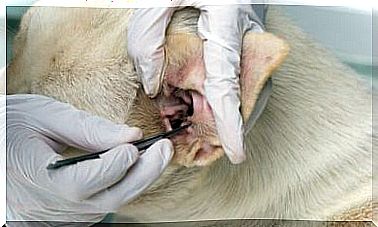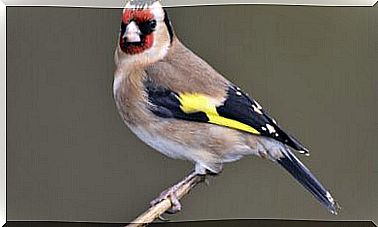Places To See Wildlife In Spain

Life on the planet is changing rapidly and natural habitats are decreasing over time. Because of that, being able to see and get in touch with wild animals in the wild in countries like Spain is a wonderful opportunity.
These are magical experiences. The magnificent scenery of these landscapes gives meaning to life. While there are many reasons why a person decides to travel to these places, it is critical to be prudent and responsible.
Spain, a paradise to see wild animals
In Huesca, there is a large reservoir of natural life, specifically in the heart of the Pyrenees, in the Piedrafita de Jaca forest. It is the Lacuniacha wildlife park.
There, the Iberian wolf dominates the territory, as it is present as far as the north of Portugal. It is an impressive animal because of its presence, which has an unjustified bad reputation as a threat to herds.
However, its importance for the ecosystem is enormous.
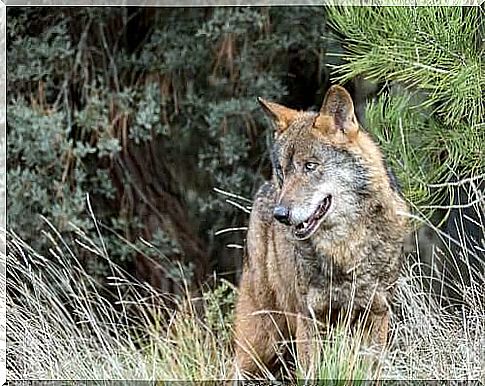
Other inhabitants of this park are the northern lynx, the European bison, the common mouflon and the wild boar. You can also observe the highly endangered species of Przewalski’s horse, also known as Mongolian wild horse or Takhi.
In addition, the Hock bovine, an artificially created breed, stands out.
bear land
In Somiedo de Asturias National Park, you can see European wolves and brown bears.
In fact, it is estimated that about 50% of the population of this subspecies of bear that lives in the Cantabria mountain range is located in just over 29,000 hectares of this large reserve.
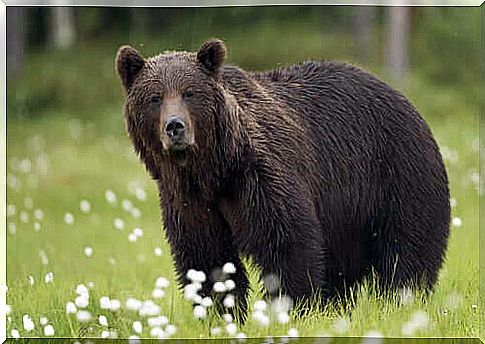
Deer, wild boar, deer and hares are also part of the wildlife in this immense and idyllic natural space. In this same place, inhabit the red fox, the marten, the genet, the wild cat and the badger.
An ideal destination for birds too
Somiedo also offers the possibility to enjoy the spectacle of a wide variety of birds. More than 120 species were recorded at the site.
The Cantabrian capercaillie, the golden eagle and the peregrine falcon stand out. The lucky ones can find some not-so-common specimens, such as black-billed and medium-billed woodpeckers.
In Huesca, within the Ordesa y Monteperdido National Park, there is a nature reserve for the bearded vulture. This species of vulture, which is in danger of extinction, has managed to increase its population since 1980.

On the other hand, in Malaga there is an area known for the presence of flamingos: the Fuente de Piedra lagoon, in the Antequera region.
There, these majestic birds are the main stars. Although February to June is still the ideal time to visit them, you can also do this for the rest of the year.
In addition, Zaragoza offers an emblematic landscape in the Gallocanta Lagoon, which serves as a home for the crane. This peculiar gruiform species is found in this area between October and March, far from the places where winter is more severe.
Where to see marine wildlife in Spain
Dolphins are common from the Strait of Gibraltar to Mazarrón. These aquatic mammals have no problem approaching boats and playing games.
In the Bay of Biscay and Tenerife, whales monopolize all the attention.
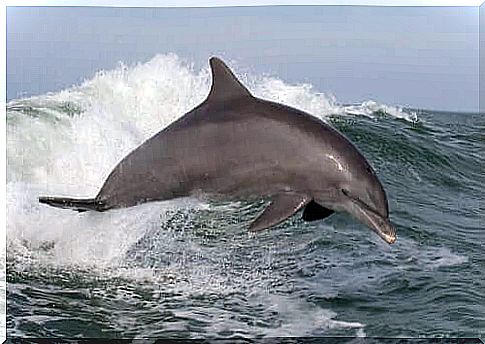
Tourism and prudence with wild animals
Tourism from a conservation perspective is a wonderful idea, with good results that help save the lives of many species. It is also true that, in some more fragile ecosystems, this can put the species that freely inhabit them at risk.
A great example of a situation that poses a risk to the survival of species is diving in coral reefs: these are extremely fragile formations and difficult to recover.
On the other hand, the fear of having wild animals around can put a person’s life at risk.
It is important to remember that going on an adventure in these conditions means exposing yourself to the various dangers it entails. A frightened animal can respond unpredictably and even aggressively.
Finally, the biggest recklessness that some people who decide to explore nature commit is to do it on their own. It is necessary to avoid improvisation and always follow the instructions of local experts and guides.


